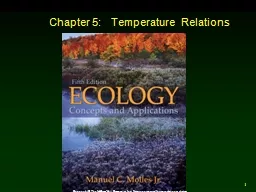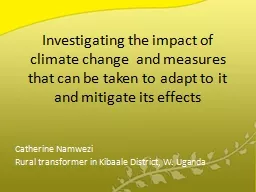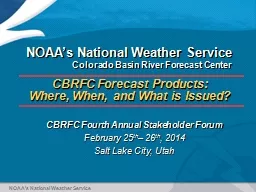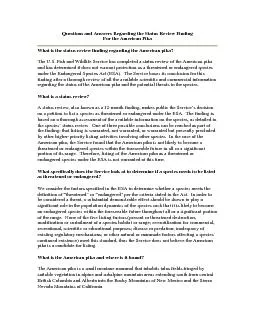PPT-Chapter 3 Seasonal and Daily Temperatures
Author : min-jolicoeur | Published Date : 2019-12-09
Chapter 3 Seasonal and Daily Temperatures 2019 Cengage Learning Inc All rights reserved Why Earth Has Seasons 1 of 10 Earth elliptical path around Sun every 365
Presentation Embed Code
Download Presentation
Download Presentation The PPT/PDF document "Chapter 3 Seasonal and Daily Temperature..." is the property of its rightful owner. Permission is granted to download and print the materials on this website for personal, non-commercial use only, and to display it on your personal computer provided you do not modify the materials and that you retain all copyright notices contained in the materials. By downloading content from our website, you accept the terms of this agreement.
Chapter 3 Seasonal and Daily Temperatures: Transcript
Download Rules Of Document
"Chapter 3 Seasonal and Daily Temperatures"The content belongs to its owner. You may download and print it for personal use, without modification, and keep all copyright notices. By downloading, you agree to these terms.
Related Documents














